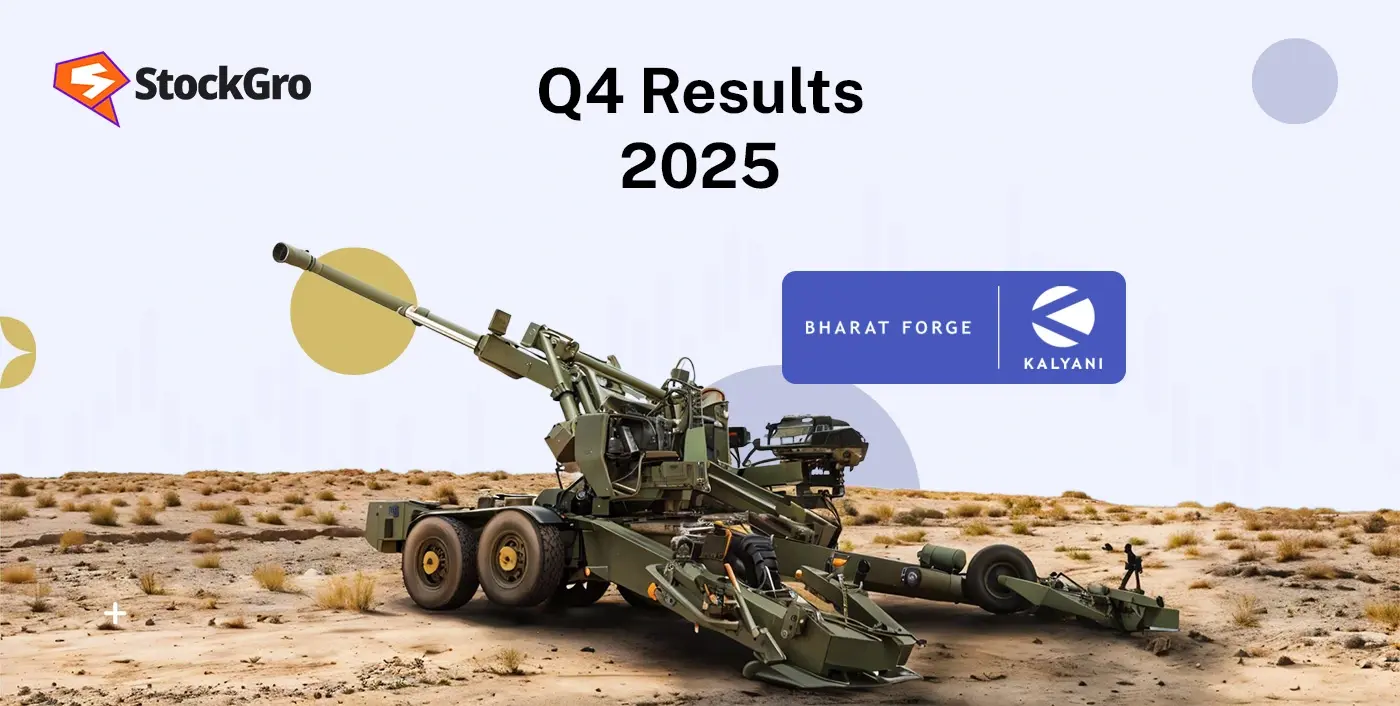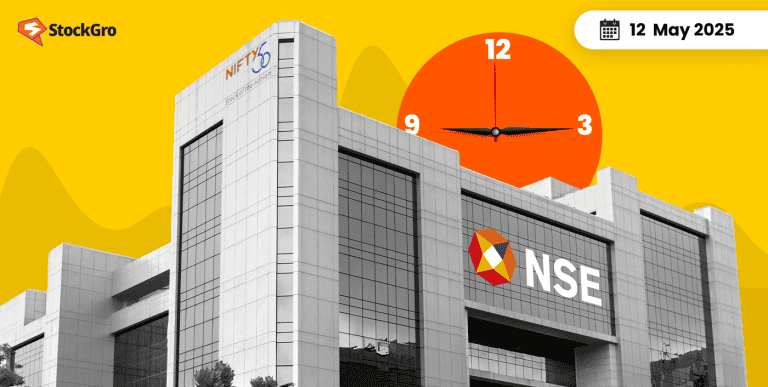
Bharat Forge, one of India’s leading manufacturers in the auto and defence sectors, has seen a notable rise in its shares following the release of its Q4 FY25 results. The company’s latest earnings report highlights some impressive profit growth, even as it faces challenges in certain sectors like defence.
But with a strong order book and positive commentary around its future prospects, does Bharat Forge have what it takes to keep the momentum going? Let’s break down the key numbers and insights from its Q4 results.
Also read: Ideaforge shares rise despite Q4 loss
Bharat Forge Q4 FY25 results overview
In its Q4 FY25 report, Bharat Forge achieved a significant 24.44% increase in its consolidated net profit, which rose to ₹282.62 crore. Despite facing a 7.48% drop in revenue to ₹3,852.60 crore, the company’s profitability remained robust, thanks to strong margins and cost-saving initiatives.
The company’s profit before tax (PBT) also showed a healthy 23.99% growth, rising to ₹429.4 crore, further boosting investor confidence.
One of the key highlights for the quarter was Bharat Forge’s EBITDA (Earnings Before Interest, Taxes, Depreciation, and Amortisation), which increased by 2.71% to ₹671.1 crore. This solid margin performance demonstrated the company’s ability to maintain profitability despite a drop in revenues.
| Metric | Q4 FY25 | Q4 FY24 | YoY Change |
| Revenue from Operations | ₹3,852.60 crore | ₹4,165.00 crore | -7.48% |
| Profit Before Tax (PBT) | ₹429.4 crore | ₹346.1 crore | +23.99% |
| EBITDA | ₹671.1 crore | ₹652.3 crore | +2.71% |
| Total Expenses | ₹3,483.04 crore | ₹3,845.00 crore | -9.38% |
| Net Profit | ₹282.62 crore | ₹227.65 crore | +24.44% |
Sector-wise performance:
On a segmental basis, the company saw mixed performance. The forgings division, which is its core business, posted a marginal revenue growth of 0.82% to ₹3,436.23 crore. This indicates that Bharat Forge continues to maintain strong demand for its products in traditional markets.
However, the defence segment was a significant drag on overall performance. Revenue from this segment plummeted by 49.29% to ₹284.35 crore, mainly due to reduced demand and delays in certain government orders.
Despite the challenges in defence, Bharat Forge remains optimistic about the long-term potential of its defence business, with a strong order book of ₹9,420 crore at the end of Q4 FY25. The company secured new defence contracts worth ₹6,959 crore in FY25, which accounted for 70% of its total contract value.
Also read: Voltas profit doubles in Q4 to ₹236 Cr on strong growth
| Segment | Q4 FY25 Revenue | YoY Change |
| Forgings | ₹3,436.23 crore | +0.82% |
| Defence | ₹284.35 crore | -49.29% |
Dividend declaration
For its shareholders, Bharat Forge has declared a final dividend of ₹6 per share for FY25, maintaining a 300% payout ratio. If approved by the shareholders at the upcoming AGM, this dividend will be paid out on or after August 12, 2025.
You may also read: PNB Q4 result highlights
Bharat Forge’s market reaction and stock performance
Despite the mixed results, Bharat Forge’s share price experienced an uptick of over 4.5% on May 9, reaching ₹1,175 per share. The positive stock movement was driven by a combination of factors:
- Defence-related stocks saw a surge due to escalating tensions between India and Pakistan, with investors flocking to defence stocks like Bharat Forge.
- Bharat Forge’s higher-than-expected margins also played a key role in boosting investor sentiment.
- The company’s strong outlook on defence contracts, especially after the India-Pakistan tensions led to heightened defence demand, further fueled interest in the stock.
Analysts’ mixed views on Bharat Forge’s future
Despite the stock price surge, analysts have had mixed reactions to Bharat Forge’s Q4 performance. Out of 27 analysts covering the stock, 8 have a Sell recommendation, while 7 maintain a Hold rating. Only 12 analysts have a Buy rating on the stock.
Brokerage firms such as ICICI Securities have revised their price targets, lowering them slightly to ₹1,225 from ₹1,250. Despite these revisions, the brokerage maintains an ‘Add’ recommendation, citing Bharat Forge’s medium-to-long-term growth potential in emerging sectors like defence, aerospace, and casting.
Analysts at Nomura and Nuvama have also raised concerns about Bharat Forge’s short-term challenges, particularly its weak performance in commercial vehicles and global construction equipment. However, both firms have acknowledged the strength of its defence order book, which is expected to provide strong support for future growth.
You may also read: PNB Q4 result highlights
Bharat Forge’s export division and strategic focus
While Bharat Forge has not provided any forecasts for its exports division for FY26 due to uncertain global conditions and tariff issues, the company is focusing on improving its consolidated profitability.
The company’s leadership, led by B.N. Kalyani, has outlined several internal initiatives for FY26:
- Minimising losses in its E-Mobility division.
- Improving profitability in its aluminium division.
- Expanding its manufacturing capabilities in North America to secure new business.
- Focusing on acquiring new contracts in traditional forgings, defence, aerospace, and casting sectors.
These initiatives are part of Bharat Forge’s strategy to strengthen its position in both domestic and international markets, particularly in the face of uncertain export conditions.
You may also read: HPCL Q4 result analysis
Conclusion
Bharat Forge’s Q4 results were a mixed bag: strong profit growth was tempered by declines in revenue and challenges in its defence segment. However, the company’s strong order book and focus on strategic growth areas like defence, aerospace, and e-mobility could provide long-term support for its growth.
While analysts remain divided, with some lowering price targets and others holding onto their bullish outlook, Bharat Forge’s ability to innovate and tap into new sectors will be key to its continued growth. For now, investors will need to watch how the company navigates challenges in both domestic and international markets, especially in the context of the ongoing geopolitical tension.

